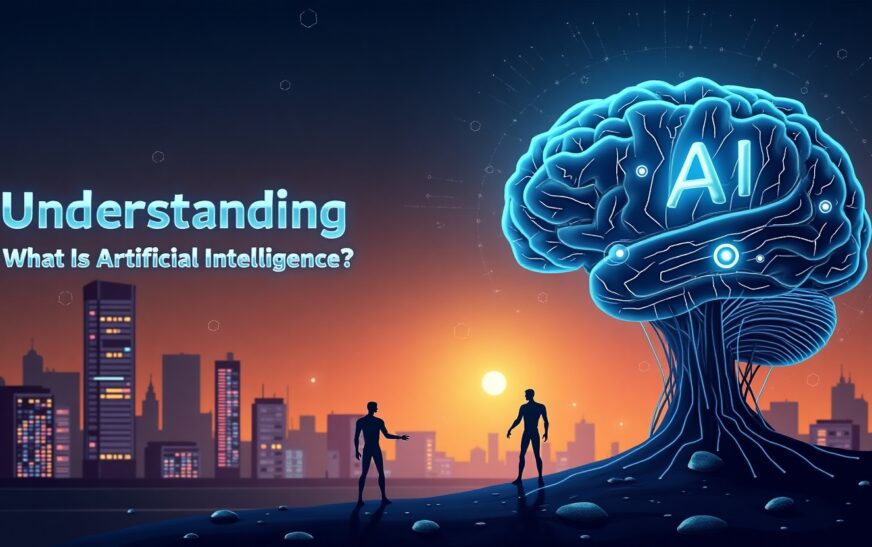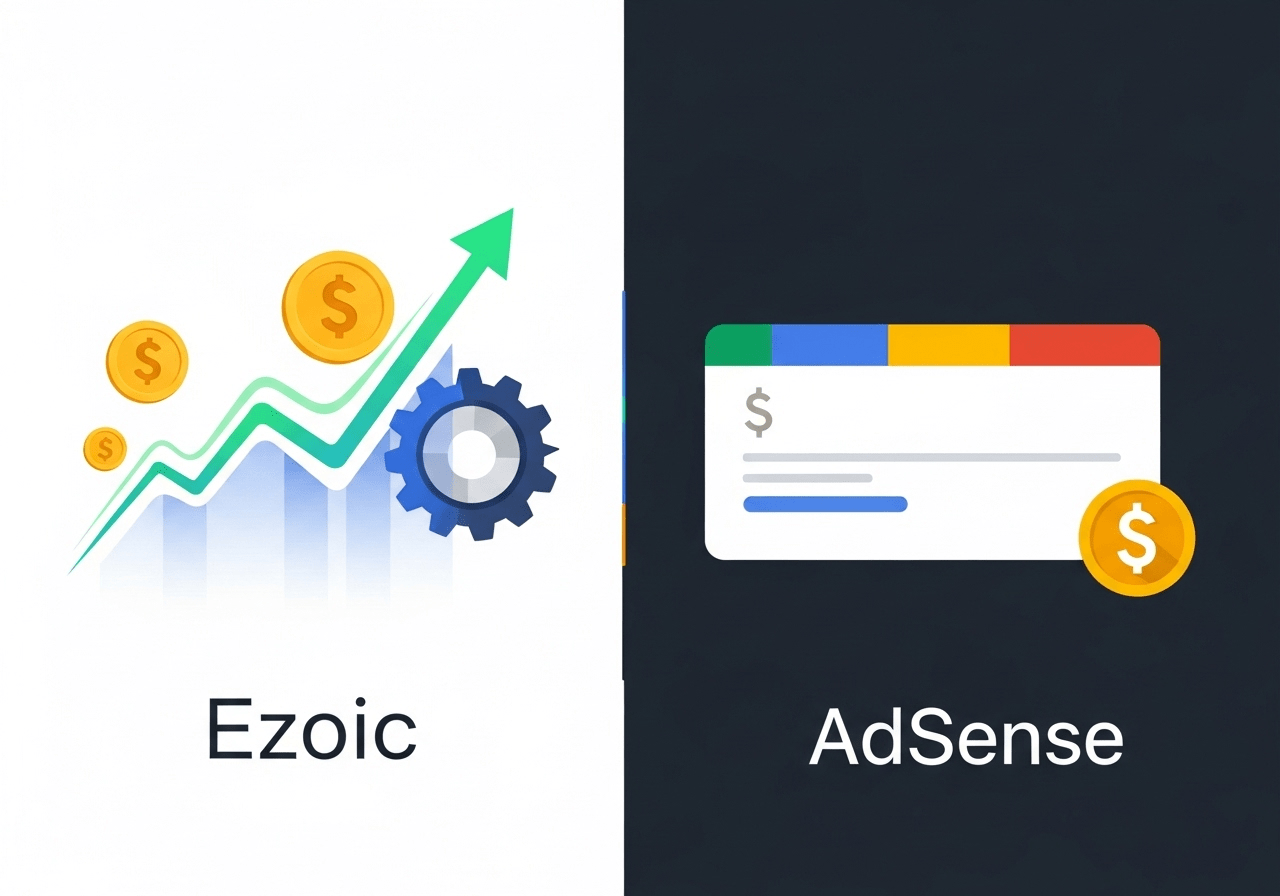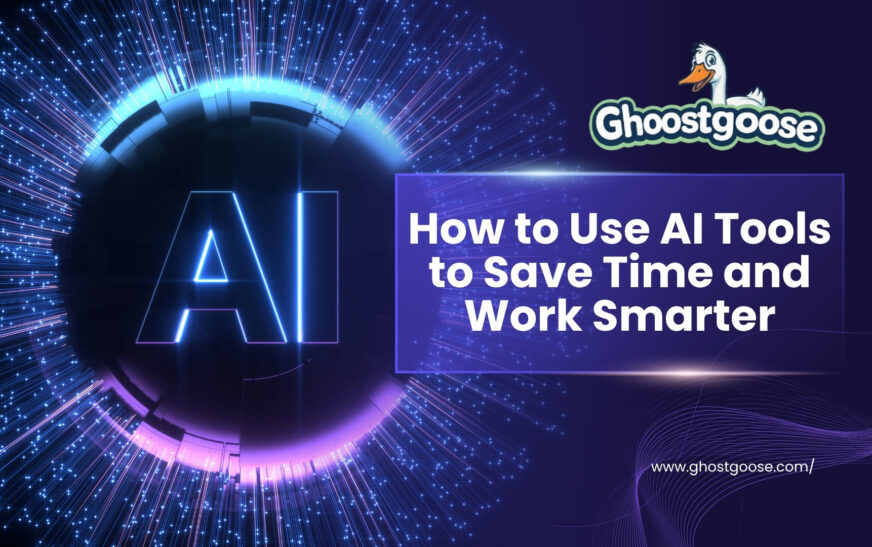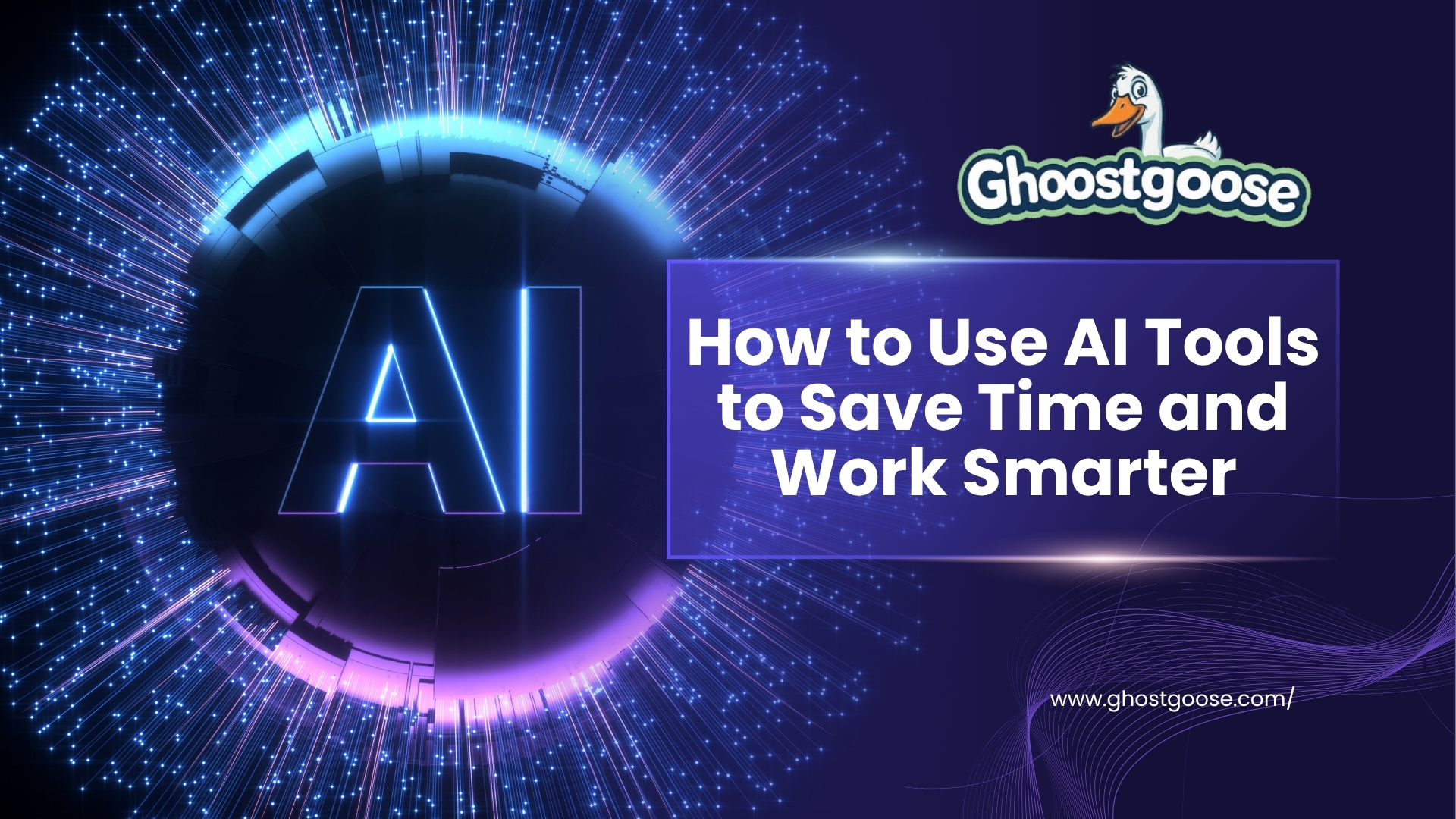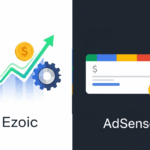AI in modern technology is revolutionizing how we live and work. This article explores what artificial intelligence is, how AI tools function, and why understanding AI matters today.
Artificial Intelligence (AI) is no longer science fiction — it’s a practical and powerful technology that helps machines perform tasks requiring human-like intelligence. AI is behind many tools and applications we use daily, from voice assistants to fraud detection systems. But what exactly is AI, how does it work, and how are AI tools changing industries and daily life? In this comprehensive guide, you’ll learn the basics of AI, explore real-life examples, discover how AI tools work, and understand why embracing AI is essential for individuals and businesses alike.
What Is Artificial Intelligence?
Artificial Intelligence is the field of computer science focused on creating machines that can think, learn, and act like humans. It involves designing algorithms and systems that perform tasks such as:
- Learning: Improving performance from experience.
- Reasoning: Making decisions based on data.
- Perception: Recognizing images, sounds, and patterns.
- Language Understanding: Processing and generating human language.
AI is typically divided into two categories:
- Narrow AI (Weak AI): These systems are designed for specific tasks, like facial recognition, voice assistants, or spam filtering. Examples include Siri, Google Assistant, and Netflix’s recommendation engine.
- General AI (Strong AI): This refers to machines with human-level intelligence capable of understanding, learning, and applying knowledge across diverse tasks. General AI is a theoretical goal still under research.
Today’s AI falls mostly under Narrow AI, but the rapid advancements bring us closer to more general intelligence.
Stanford University describes AI as “the science and engineering of making intelligent machines” (Stanford AI Lab).
How AI in AI Tools Works: The Technology Behind the Magic
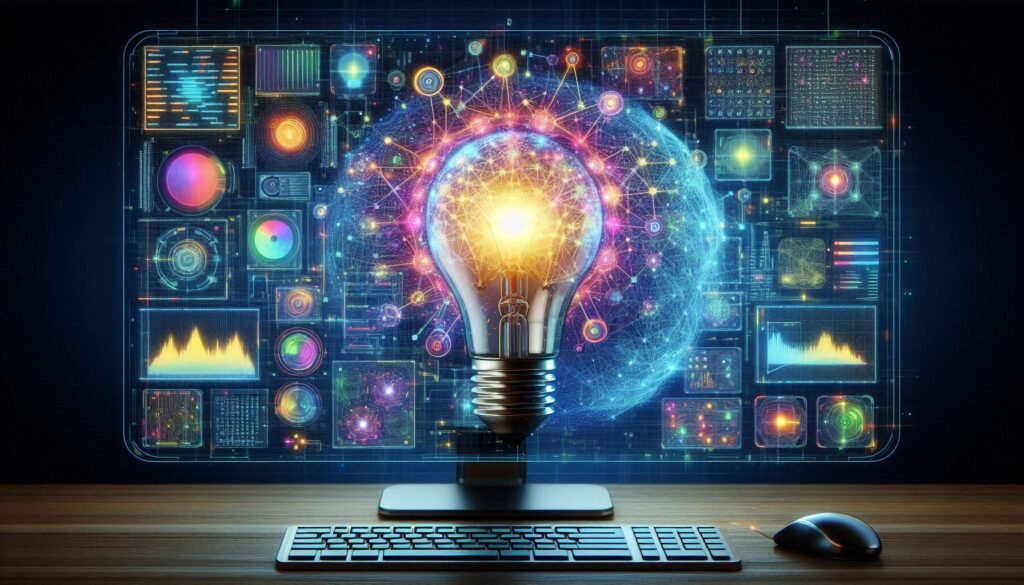
AI tools are software or platforms that use AI techniques to automate or enhance tasks. These tools often rely on:
- Machine Learning (ML): Algorithms that learn patterns from data and improve over time without explicit programming. For example, email spam filters get better as they analyze more emails.
- Natural Language Processing (NLP): Enables computers to understand and respond to human language. Chatbots and virtual assistants use NLP to communicate naturally.
- Computer Vision: Technology that allows machines to interpret visual information like images and videos. Used in applications from self-driving cars to medical imaging.
- Robotic Process Automation (RPA): Software robots that automate repetitive digital tasks such as data entry or invoice processing.
By combining these technologies, AI tools can analyze vast amounts of data quickly, automate complex workflows, and provide insights that humans might miss.
Real-World Examples of AI in AI Tools
Understanding how AI is applied helps illustrate its power and potential. Here are some notable examples:
Customer Service Chatbots
Many companies use AI-powered chatbots to handle customer questions 24/7. These chatbots understand natural language, answer common queries, and escalate complex issues to human agents. For example, banks and e-commerce sites have deployed chatbots that reduce wait times and increase customer satisfaction.
Predictive Analytics in Retail
Retailers use AI tools to predict customer buying behavior and manage inventory. For example, Walmart uses AI models that analyze sales data, weather, and social trends to forecast demand accurately and optimize stock levels.
Healthcare Diagnostics
AI tools assist doctors by analyzing medical images to detect diseases like cancer earlier than traditional methods. Aidoc, an AI tool used in radiology, highlights anomalies in CT scans, speeding up diagnosis and treatment.
Fraud Detection in Finance
Financial institutions use AI in tools to spot unusual transactions in real time, reducing fraud risks. Machine learning models analyze transaction patterns and flag suspicious activities automatically.
Content Creation
AI writing assistants like Jasper and Grammarly use AI to help marketers create high-quality content faster. These tools suggest improvements, check grammar, and even generate ideas.
According to a report by McKinsey, companies using AI tools extensively have seen productivity improvements of up to 40% (McKinsey AI Report).
Benefits of Using AI in AI Tools
- Increased Efficiency: Automate repetitive tasks to save time.
- Improved Accuracy: AI reduces human errors.
- Cost Savings: Lower operational costs with automation.
- Better Decision Making: Use AI insights to guide strategy.
- Enhanced Customer Experience: Provide personalized service.
- Scalability: Easily handle growing workloads.
- Innovation: Unlock new business models and opportunities.
Popular AI Tools and Their Applications
| AI Tool Name | Application Area | Main Features | Example Use Case |
|---|---|---|---|
| TensorFlow | Machine Learning | Open-source ML library | Predictive analytics, image recognition |
| GPT (OpenAI) | Natural Language Processing | Text generation, chatbots | Customer support, content creation |
| UiPath | Robotic Process Automation | Automate repetitive tasks | Invoice processing, data entry |
| Amazon Rekognition | Computer Vision | Image and video analysis | Security surveillance, media tagging |
| IBM Watson | AI Platform | NLP, machine learning, data analytics | Healthcare diagnostics, finance |
This table highlights how AI in tools helps automate diverse tasks across industries.
Why Understanding AI and AI Tools Matters for You
AI is no longer limited to computer scientists. Whether you’re a business owner, marketer, developer, or simply a technology user, understanding AI helps you:
- Choose the right AI tools for your needs.
- Use technology responsibly and ethically.
- Recognize AI’s impact on jobs and society.
- Stay competitive in a technology-driven world.
Get involved:
What AI tools do you use in your daily work or life? Share your experiences and tips to help others benefit from AI’s power.
Summary: What You Need to Know About AI and AI Tools
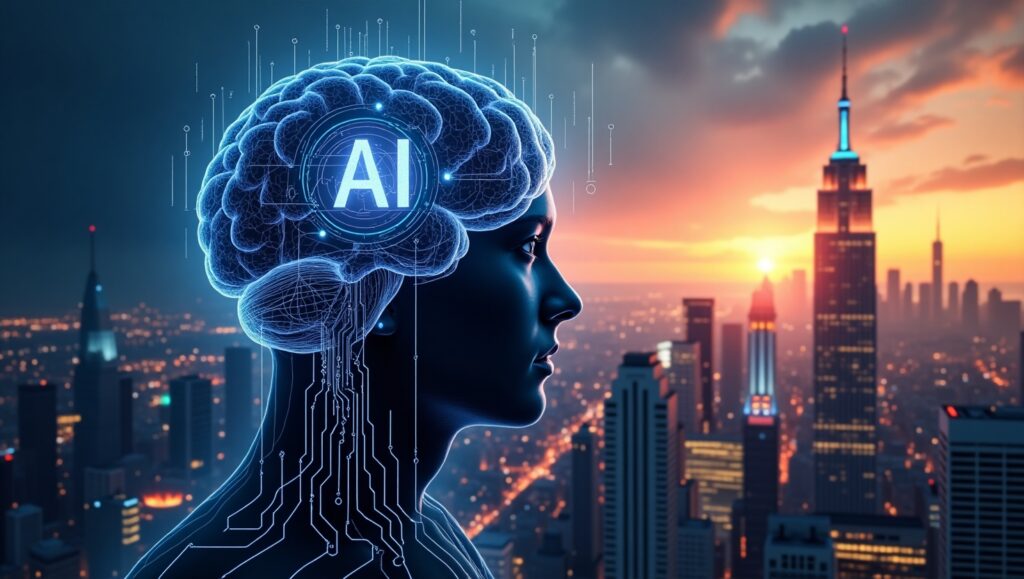
- AI enables machines to perform human-like tasks using data and algorithms.
- AI in AI tools improves efficiency, accuracy, and decision-making across fields.
- Popular AI tools include machine learning libraries, chatbots, and automation platforms.
- Real-world AI applications range from customer service to healthcare diagnostics.
- Understanding AI empowers smarter technology use and future readiness.
Conclusion
Artificial intelligence is transforming the way we work and live through powerful AI tools. By learning what AI is and how AI tools operate, you can leverage this technology to save time, increase productivity, and innovate. Embracing AI with knowledge and curiosity will prepare you for the future, ensuring you stay ahead in a rapidly evolving digital landscape.
Learn how to boost your productivity with smart automation. Read the full guide: How to Use AI Tools to Save Time and Work Smarter and start transforming your workflow today.

